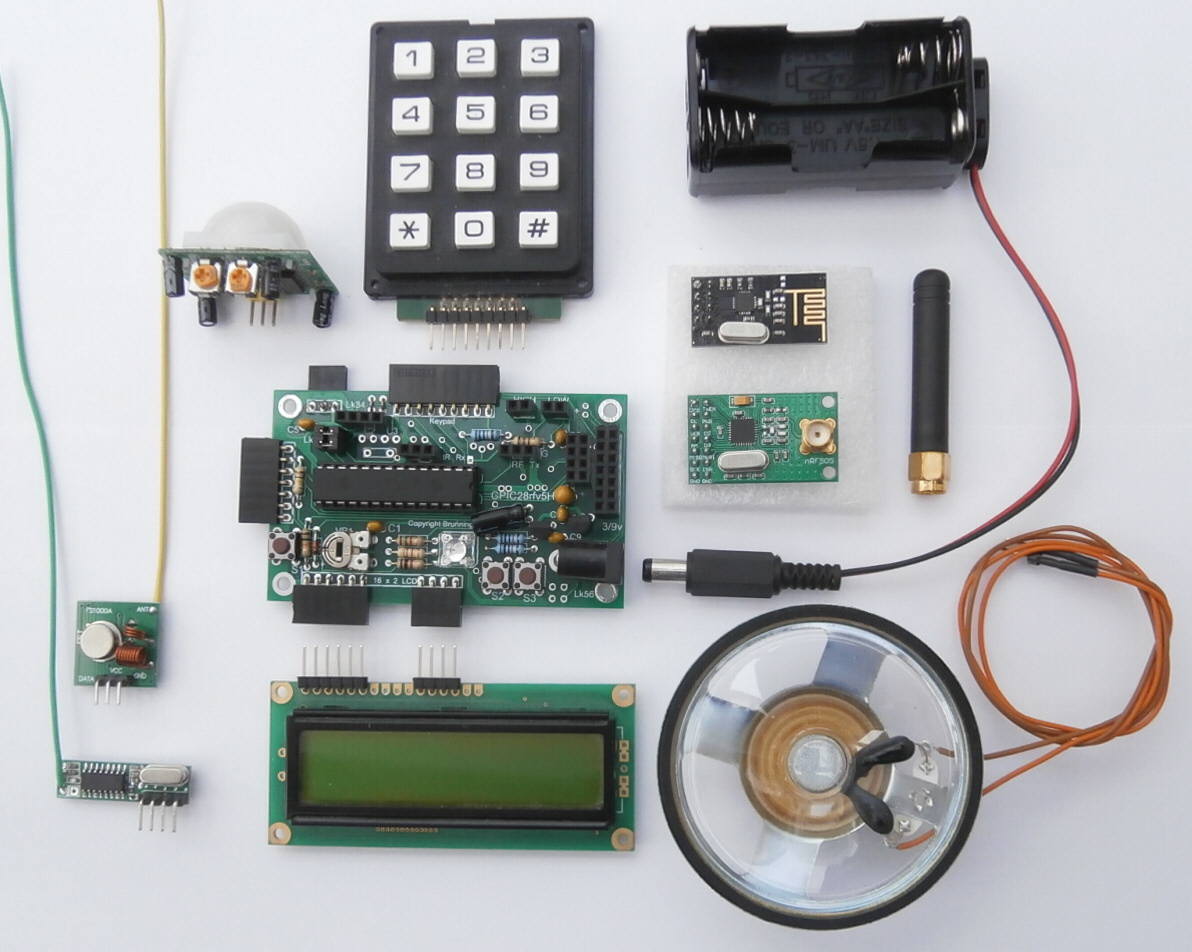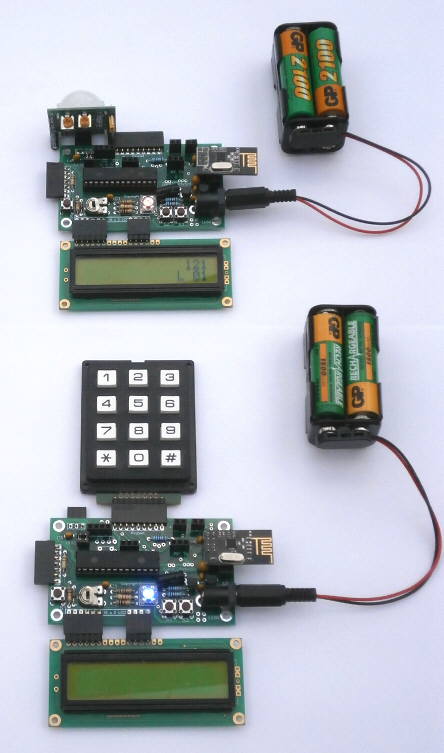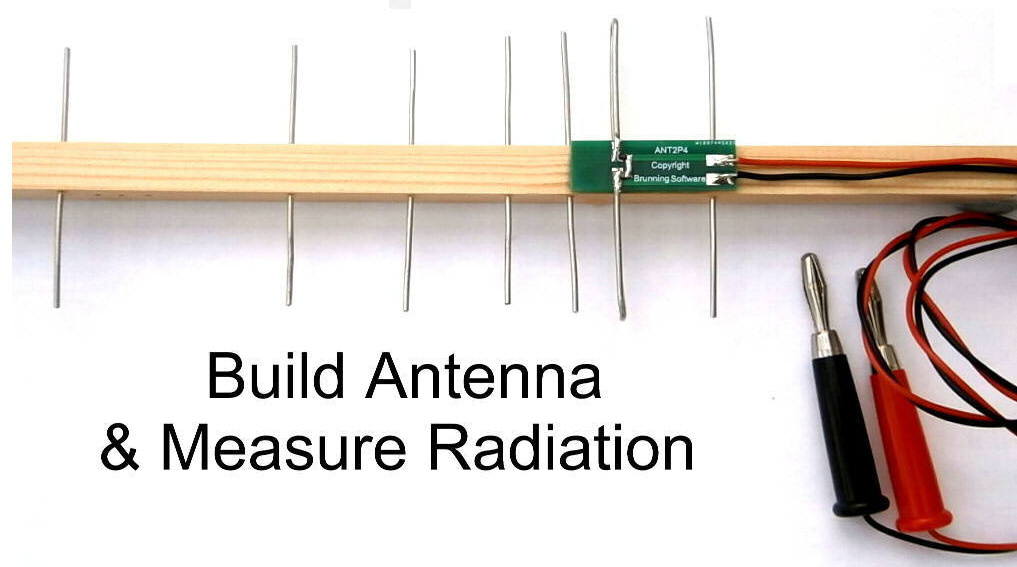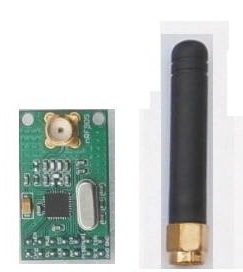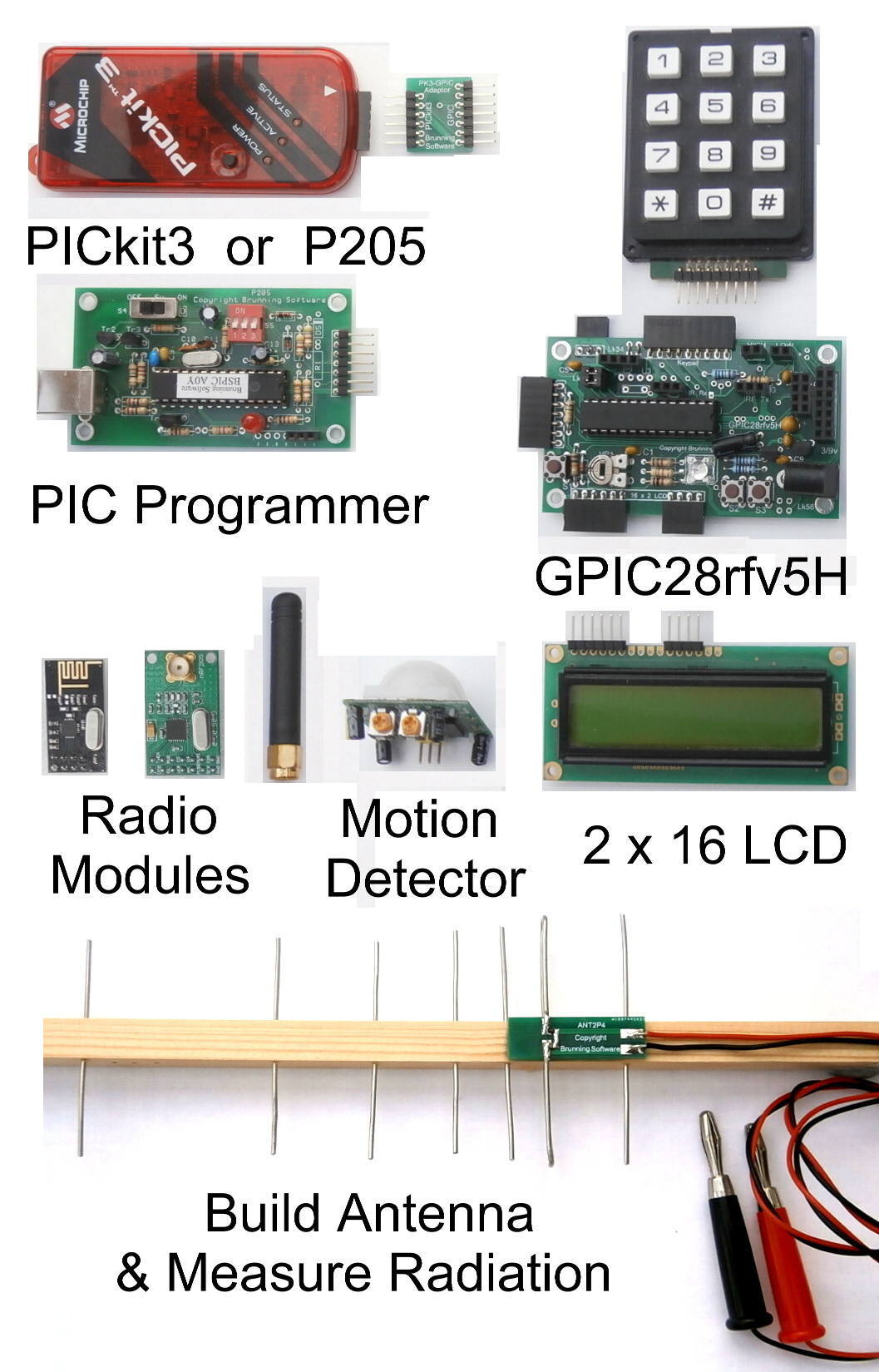
Read chapter 1 carefully as this introduces the ideas, then quickly look through chapter 2 which has essential reference information for 16F and 18F PICs. You will refer back to chapter 2 later as you need the information.
Then as always with our training courses we jump straight in. In chapter 3 we experiment with a few simple programmes. To do this we use a GPIC28rfv5H module which is a general purpose circuit fitted with a 28 pin PIC, a programming socket and a selection of ten sockets for various input and output modules. We run the RGB LED, write text to the LCD, and use the keypad to enter numbers.
In chapter 4 we create a simple system using the GPIC28rfv5H module with a pyrometric motion detector to trigger a warning sound when a person moves within the range of the detector. We use the sleep mode while waiting to maximise the battery life. Then in chapter 5 we learn about the timers and interrupts of the PIC18F25K22.
Chapter 6 is an introduction to radio frequency data. We begin with a fundamental explanation of what RF is then experiment with a simple radio data link. The idea is to use a very basic transmitter and receiver so that we can understand the fundamental requirements of radio data transmission and reception. By this means we are able to understand the requirements of the makeup of the data stream. A header to synchronise the receiver, a security address to individualise our data and a few bytes to carry the actual data.
In chapter 7 we expand the simple radio system to create a remote temperature measuring system, and in chapter 8 we complete the simple radio experiments by adding a motion detector to the radio transmitter circuit.

